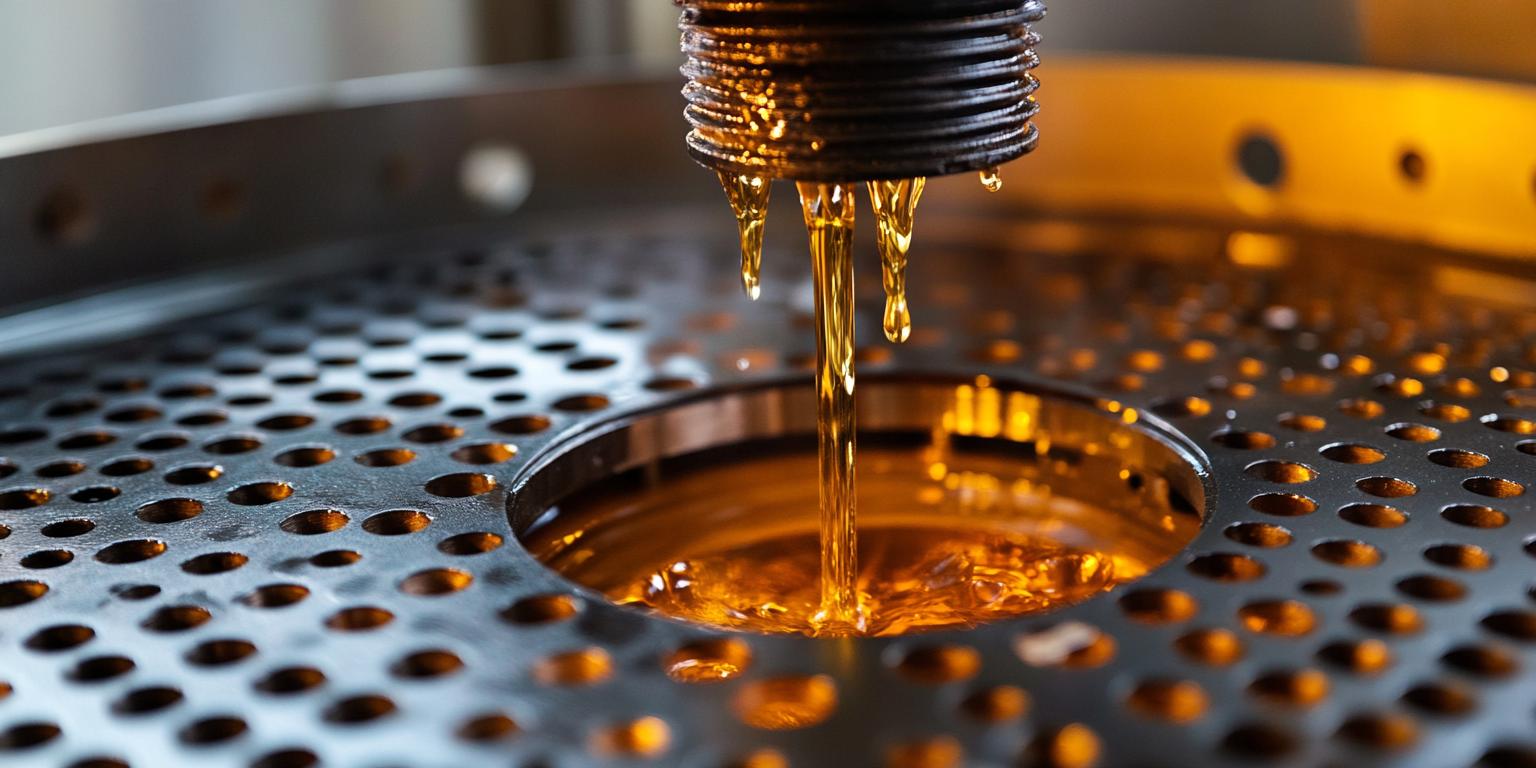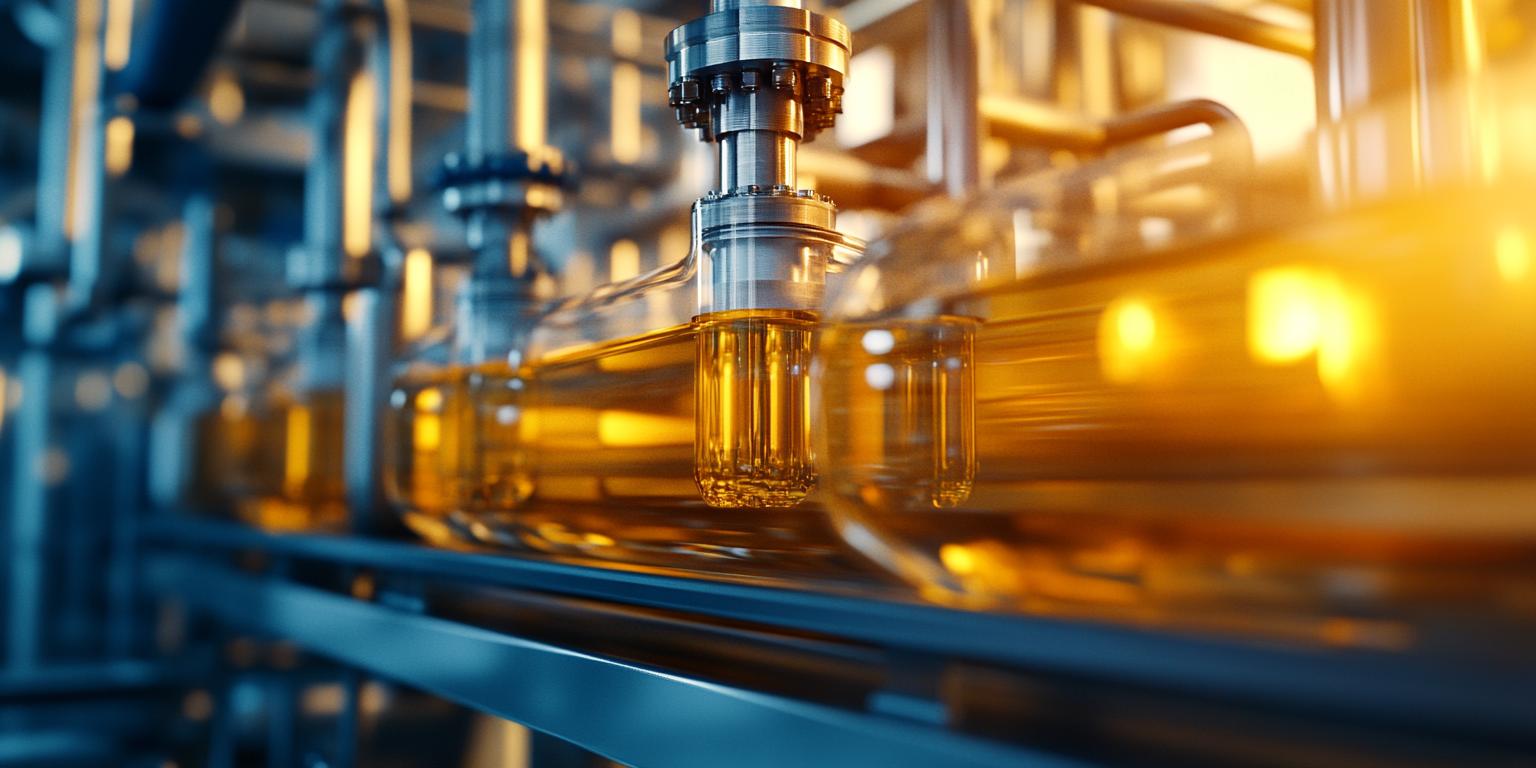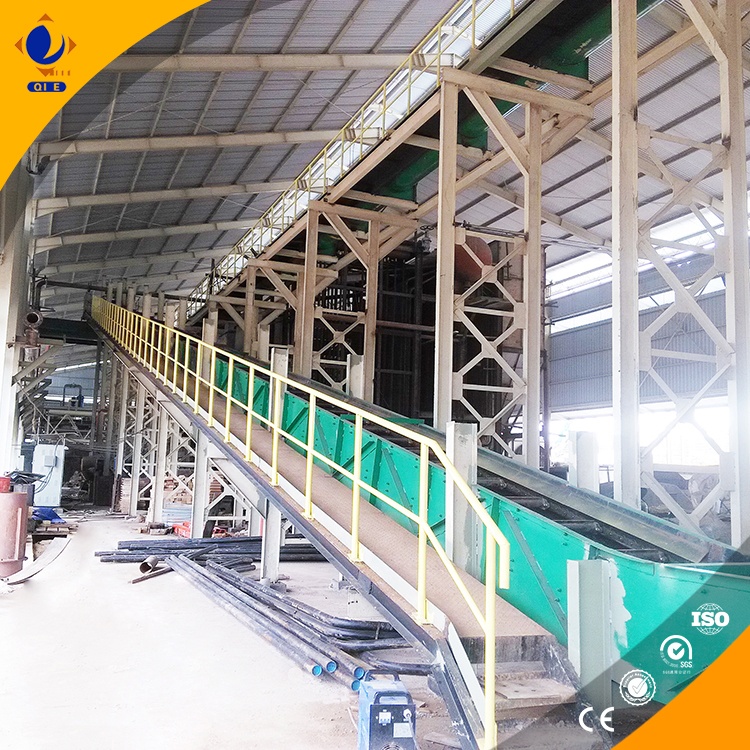
In the competitive edible oil industry, refining quality and operational efficiency have become essential for upgrading production lines. Modern soybean oil refining equipment integrates multiple processes—particularly one-stop degumming and deodorization—to meet stringent quality standards while reducing labor costs. This article delves deep into the core refining stages, key parameters, and automation strategies driving superior performance and product consistency.
The refining of soybean oil involves a complex interplay of four main operations, each crucial to eliminating impurities and off-flavors:
The synergy between these stages demands precise control of parameters such as temperature, pH, chemical dosages, and retention times to ensure oil quality and processing efficiency.
| Process Stage | Key Parameter | Optimal Range | Impact on Oil Quality |
|---|---|---|---|
| Degumming | Phospholipid Removal Rate | >95% | Reduces gum residues, improves clarity |
| Neutralization | Free Fatty Acid (FFA) Content | < 0.1% | Improves taste & shelf life |
| Bleaching | Pigment Removal (Color Absorbance) | >90% | Brightens oil color, stabilizes oxidation |
| Deodorization | Volatile Compounds Removal | >98% | Eliminates off-flavors, ensures freshness |
Improving process efficiency centers on optimizing reagent quality, dosage precision, and reaction conditions.
Degumming Optimization: Selecting phosphoric or citric acid-based degumming agents can improve gum separation rates by up to 10%, minimizing oil loss during separation.
Neutralization Control: Maintaining the alkali dosage precisely between 3-6 g/kg oil and closely monitoring pH between 6.5-7.5 prevents excess soap formation, which otherwise leads to yield decrease.
Bleaching Enhancements: Pre-treating bleaching earth to activate adsorption sites can improve pigment removal by 5-7% without extending contact times.
Deodorization Parameters: Employing high vacuum levels (below 5 mm Hg) and controlled steam injection enhances volatile removal, lowering residual odor compounds by approximately 15%.
Modern refining equipment increasingly focuses on automation to reduce human error and labor dependence. Multi-stage process integration with automated monitoring instruments allows:
The result: continuous operation with minimal manual intervention, achieving up to 25% reduction in labor costs and significantly improving batch-to-batch consistency.

A leading edible oil manufacturer recently integrated an automated soybean oil refining line featuring the discussed degumming and deodorization technologies. Key outcomes over a 6-month trial period included:
Further, inline monitoring allowed data-driven maintenance planning, preventing downtime and optimizing chemical use, resulting in an estimated 10% cost reduction per ton of refined oil.

| Metric | Before Integration | After Integration | Improvement (%) |
|---|---|---|---|
| Degumming Efficiency | 92% | 97% | 5.4% |
| FFA Content | 0.15% | 0.08% | 46.7% |
| Labor Cost | Baseline | -22% | -22% |
| Off-Odor Compound Levels | 100% | 82% | 18% |

“Automation of soybean oil refining processes is a game-changer for producers aiming to balance quality with operational cost control. Precise control and integrated design elevate both product consistency and line productivity.” — Industry Specialist, Oil Processing Solutions
Unlock your production line’s full potential with advanced soybean oil refining equipment engineered by Qie Group. Benefit from tailored integration, local service support, and cutting-edge automation designed for sustainable growth.

